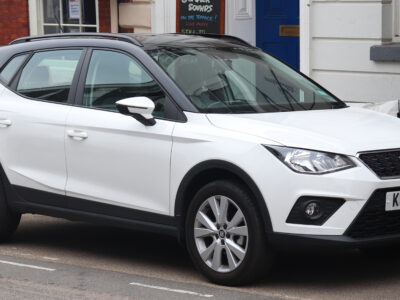
Mini Cooper Engine Size Guide: Full Breakdown, Specs & Real-World Feel
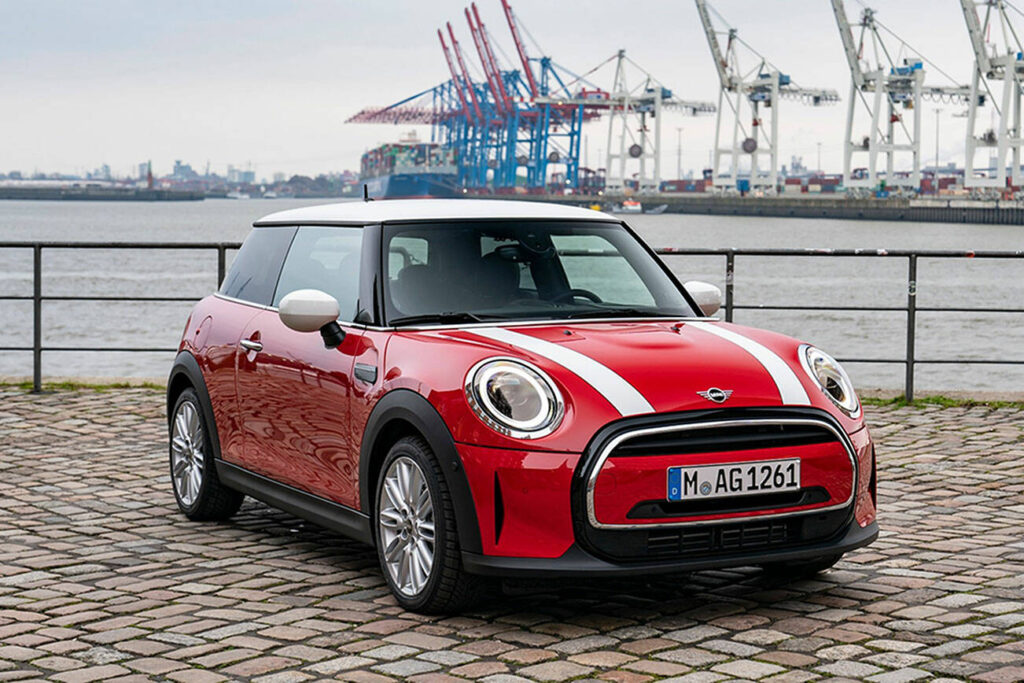
If you’ve ever looked at a Mini and thought, “Small car, small engine, right?”, you’re only half right. Mini Cooper engines may be compact, but they pack a punch like a double-shot espresso. Today, we’re diving into Mini Cooper engine sizes, performance differences, practicality, and which one suits your lifestyle — whether you're zooming through city streets or carving up countryside roads.
We’re keeping this fun, relaxed, and honest — like chatting cars over coffee. Let’s nerd out together. 🚗💨
- What “Engine Size” Really Means in a Mini Cooper
- Mini Cooper Engine Sizes by Generation
- Mini One vs Cooper vs Cooper S vs JCW: Engine Size Overview
- Three-Cylinder vs Four-Cylinder Mini Engines
- Turbocharging: Why Minis Feel Bigger Than They Are
- Mini Cooper Power & Torque Chart by Engine Size
- Fuel Economy: Smaller Isn’t Always Better
- Reliability Differences: Which Engine Is Best?
- How Engine Size Affects Driving Feel
- Engine Size & Maintenance Costs
- Best Mini Engine for City Driving
- Best Mini Engine for Highway Driving & Performance
- Hybrid & Electric Mini Engines
- How Mini Engines Sound & Feel
- Which Mini Engine Should You Buy?
- Conclusion: Small Engines, Big Personality
- FAQs
What “Engine Size” Really Means in a Mini Cooper
When we talk engine size, we’re usually referring to engine displacement — the total volume of all cylinders. But with modern Minis, size is only half the story.
Engine size affects:
- Power output
- Torque (think acceleration & hill-climbing)
- Fuel efficiency
- Sound & driving character
But turbocharging and engineering wizardry mean a tiny Mini engine can hit harder than you’d expect.
Mini Cooper Engine Sizes by Generation
Mini has evolved — a lot — since BMW revived the brand.
1st Gen (R50/R53) — 2001-2006
| Model | Engine Size | Notes |
|---|---|---|
| Mini One | 1.6L | Solid and simple |
| Cooper | 1.6L | Perky but not crazy |
| Cooper S | 1.6L Supercharged | Whines like a happy puppy – iconic |
| JCW | 1.6L Supercharged | Little rocket |
2nd Gen (R56) — 2007-2013
| Model | Engine Size | Notes |
|---|---|---|
| One | 1.4L / 1.6L | Efficient |
| Cooper | 1.6L | Turbo kicks in |
| Cooper S | 1.6L Turbo | Punchy, tunable |
| JCW | 1.6L Turbo | Hot hatch fireball |
3rd Gen (F56/F55) — 2014-Present
| Model | Engine Size | Notes |
|---|---|---|
| One | 1.2L 3-cyl | Small but mighty |
| Cooper | 1.5L 3-cyl | Sweet daily balance |
| Cooper S | 2.0L 4-cyl | Hot-hatch energy |
| JCW | 2.0L 4-cyl | Sports car feel in tiny pants |
Mini One vs Cooper vs Cooper S vs JCW: Engine Size Overview
| Trim | Engine | Personality |
|---|---|---|
| Mini One | 1.2L–1.6L | Sensible, budget-friendly |
| Mini Cooper | 1.5L | Sweet spot of fun & efficiency |
| Mini Cooper S | 1.6L–2.0L turbo | Proper enthusiast pick |
| John Cooper Works (JCW) | 1.6L–2.0L turbo | Angry chihuahua energy |
Think of them like coffee:
- Mini One → Americano
- Cooper → Flat white
- Cooper S → Espresso shot
- JCW → Espresso + Red Bull (not recommended… unless you love chaos)
Three-Cylinder vs Four-Cylinder Mini Engines
3-Cylinder Minis (1.2L / 1.5L)
- Light, rev-happy, efficient
- Energetic around town
- Surprisingly fun — has a charming mini-burble
4-Cylinder Minis (1.6L / 2.0L)
- More grunt & torque
- Feels powerful on the highway
- Sportier, louder, more “let’s go”
We’d describe it like dogs:
3-cyl Mini = energetic terrier
4-cyl Mini = sprint-ready greyhound
Turbocharging: Why Minis Feel Bigger Than They Are
Nearly all modern Minis are turbocharged — meaning a tiny engine gets big-engine performance.
You’ll feel:
- Quick throttle response
- Punchy mid-range
- Strong acceleration without revving to the moon
This is why a 1.5L Mini Cooper can embarrass larger sedans at lights.
Mini Cooper Power & Torque Chart by Engine Size
| Engine | Power | Torque | Vibe |
|---|---|---|---|
| 1.2L | ~101 hp | 133 Nm | Light & easy |
| 1.5L | 134–189 hp | 220–280 Nm | Smooth punch |
| 2.0L | 189–302 hp | 280–450 Nm | “Hold my coffee!” |
The 1.5L is the Goldilocks — not too mild, not too wild.
Fuel Economy: Smaller Isn’t Always Better
Mini Coopers are surprisingly efficient even with power.
You may be interested in reading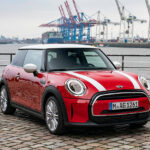 Ultimate MINI Cooper Tire Size Guide (2018–2024)
Ultimate MINI Cooper Tire Size Guide (2018–2024)| Engine | Avg MPG |
|---|---|
| 1.2L | 45–55 mpg |
| 1.5L | 40–50 mpg |
| 2.0L | 32–42 mpg |
Turbo engines mean you get efficiency when cruising, power when you want it.
Reliability Differences: Which Engine Is Best?
Most reliable Mini engines:
✅ Modern 1.5L 3-cyl
✅ Newer 2.0L B48 engines
⚠️ Early 1.6L N14 turbo (carbon build-up issues)
Pro Tip:
If you want trouble-free Mini life → buy newer (post-2016 ideally).
How Engine Size Affects Driving Feel
Let’s be real — Minis are emotional cars.
Small Engines (1.2L-1.5L)
- Light, playful steering
- Buzzing sensation like a go-kart
- City streets = playground
Bigger Engines (2.0L)
- More grip + more grunt
- Feels planted and serious
- Highway cruising is buttery smooth
Engine Size & Maintenance Costs
Smaller engines = cheaper? Usually. But it’s not huge.
| Engine | Maintenance Cost |
|---|---|
| 1.2L / 1.5L | Low-moderate |
| 1.6L turbo | Moderate-higher |
| 2.0L turbo | Higher |
Expect:
- Turbo models need better oil
- Spark plugs more often in performance models
- Regular servicing = happy Mini
Best Mini Engine for City Driving
🏆 1.5L 3-cylinder
Why?
- Punchy at low speeds
- Super fuel efficient
- Smooth automatic or fun manual
- Perfect daily commuter engine
Best Mini Engine for Highway Driving & Performance
🏆 2.0L turbo (Cooper S / JCW)
Why?
- Strong overtaking power
- Stable at high speeds
- Addictive sound + turbo shove
Hybrid & Electric Mini Engines
Yes, Mini is going green.
Mini Electric (Cooper SE)
- 135 kW motor (~181 hp)
- Feels like 2.0L torque
- Instant acceleration
- Range ~110–145 miles
If your life is mostly in the city? Electric Mini is chef’s kiss.
You may be interested in reading Ultimate MINI Cooper Tire Size Guide (2018–2024)
Ultimate MINI Cooper Tire Size Guide (2018–2024)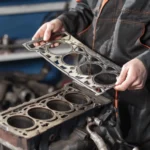 Mini Cooper Head Gasket Replacement Cost – The Complete Guide
Mini Cooper Head Gasket Replacement Cost – The Complete GuideHow Mini Engines Sound & Feel
Mini engines don’t just drive — they perform.
- 1.5L → playful burble, cheeky pops
- 2.0L → throaty growl, turbo whoosh
- JCW → aggressive pops, snarls, drama
Driving a Mini feels like the car wants to have fun with you.
Which Mini Engine Should You Buy?
Best All-Rounder
✅ 1.5L Cooper
Best Budget Choice
✅ Mini One (if you don’t need thrills)
Best Fun Daily
✅ Cooper S 2.0L
Best Pure Performance
🔥 JCW
If you have a mischievous streak, congratulations — this is your soulmate.
Conclusion: Small Engines, Big Personality
Mini engines are proof that size isn’t everything — personality matters. Whether you’re cruising in a 1.5L or tearing roads in a 2.0L JCW, Mini vehicles deliver joy in every rev.
They’re like puppies — small, energetic, and full of life. Once you fall for one, you’re in for life.
So, what’s your Mini mood?
- Calm commuter?
- Spirited city sprinter?
- Weekend warrior?
Whatever your vibe, there’s a Mini engine waiting to match it.
FAQs
1. Is the 1.5L Mini Cooper engine powerful enough?
Absolutely. Punchy, efficient, and perfect for daily driving.
2. Which Mini engine is most reliable?
The BMW-built 1.5L 3-cylinder and 2.0L B48 engines are best.
3. Does engine size affect fuel economy?
Yes — but all Minis are efficient thanks to turbo power.
You may be interested in reading Ultimate MINI Cooper Tire Size Guide (2018–2024)
Ultimate MINI Cooper Tire Size Guide (2018–2024) Mini Cooper Head Gasket Replacement Cost – The Complete Guide
Mini Cooper Head Gasket Replacement Cost – The Complete Guide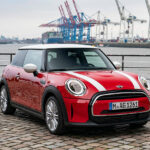 Mini Cooper Footwell Module Reset Guide (FRM Reset): Fix Lights, Windows & Electrical Glitches
Mini Cooper Footwell Module Reset Guide (FRM Reset): Fix Lights, Windows & Electrical Glitches4. Is the JCW engine worth it?
If you crave performance, 100% yes. It’s a baby race car.
5. Which Mini engine is best for new drivers?
The 1.5L Cooper — friendly, fun, and not overwhelming.
If you want to know other articles similar to Mini Cooper Engine Size Guide: Full Breakdown, Specs & Real-World Feel you can visit the category Service and Parts.
Deja una respuesta

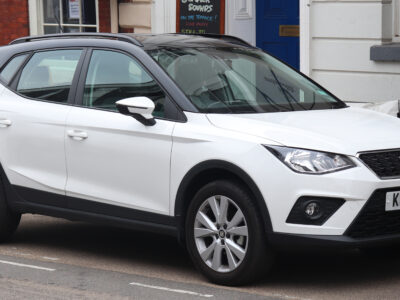



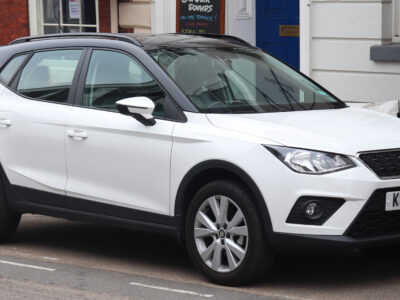
More content of your interest